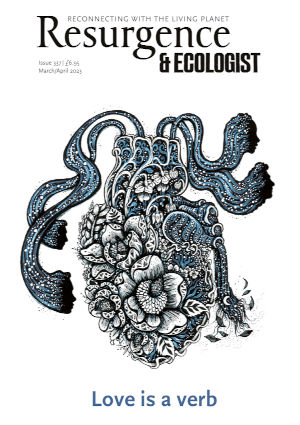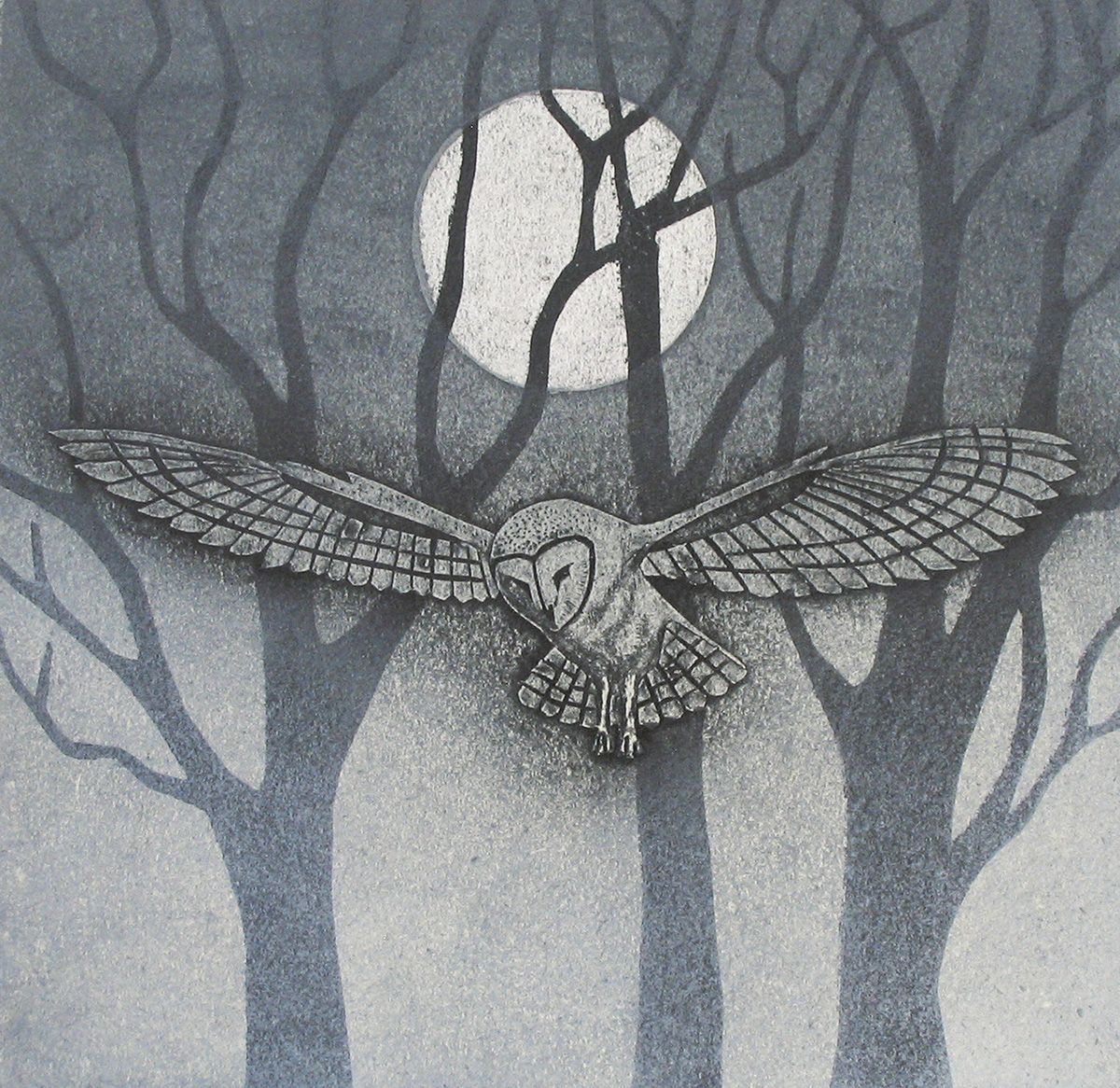The Nature-writing genre has welcomed a wave of books about the night in recent years, perhaps sparked by Chris Yates’s now classic Nightwalk, first published in 2012. From Matt Gaw’s Under the Stars to my own Dark Skies and to others exploring different forms of earthly darkness, such as Robert Macfarlane’s Underland, Merlin Sheldrake’s Entangled Life and Horatio Clare’s The Light in the Dark, each has considered the unknowable territory of night and shadow in different ways, but they have all congregated around a common theme, that we are only ever visitors in this alien landscape. Humans are not designed for the night, which makes it even more enjoyable when we take the time to explore it. In an anthropocentric world, where our species tends to claim everything as property, this is perhaps why we are drawn to the landscape after dark – because it is one of the last spaces we can never truly possess. The night is, by its nature, untameable.
Readers of John Lewis-Stempel’s extensive back catalogue will not be disappointed by his newest book, Nightwalking: Four Journeys into Britain After Dark. Through rich and gentle prose, peppered with anecdotes and cultural references, we join the author on four walks through the seasons, each taking place after sundown and accompanied by his labrador, Edith. He encounters owls, badgers and otters, and, away from the light pollution of the city, he finds moonbows and constellations sparkling in the night sky. As with many of his other books, his writing is localised and personal: we see the world through his eyes only, the observations of a farmer and conservationist trying to reconcile our ever-changing relationship with the land.
Between the four walks, we are also offered ‘Night Notes’ – a series of diary-like entries from different times and places throughout the year – as well as quotes, poems and useful information about getting outside at night. The result is a collection of pleasant, bite-size experiences of the author’s nocturnal journeys, speckled with a number of beautiful line drawings throughout the book. Possessing the rare quality of being able to write romantically and realistically at the same time, Lewis-Stempel shares, as in many of his other books, not only a vision of what the countryside could look like, but also the pragmatism needed to make that vision a reality. In his communes with Nature, he reaffirms that the night is a place for us to visit, but that it is not, ultimately, our home – and it is through this lens of separation that we can truly appreciate its beauty. “I can imitate a fox,” he concludes, “but I can never be one. I can partake of the night, but I will never be of the night.”
Reading The Darkness Manifesto was the first time I had come across the work of Johan Eklöf, a Swedish writer, bat scientist, conservationist and copywriter. His book is an expansive and philosophical examination of our relationship with light and darkness, particularly the impact of light pollution on our increasingly illuminated world. In the style of Rachel Carson’s classic Silent Spring, he focuses not only on the environmental impacts of artificial lighting, but also on the repercussions for human health – a necessary step, it seems, when encouraging some readers to care about ecological issues. As he explains in clear and accessible detail, the disruption to our circadian rhythms through unnatural lighting is having a noticeable effect on both our mental and our physical wellbeing. The World Health Organization has even gone as far as to classify working night shifts as a cancer risk comparable to smoking.
Eklöf weaves a gentle tapestry of reflective Nature writing combined with fierce, science-backed passion. Between concise stories from the world of ecological research, from deep-sea marine mammals to dark matter in outer space, we are also given glimpses into his personal life, including a beautiful night camping on a Swedish lake with his family. This book is a precious commodity in a society that relies heavily on clear, concise science communication to spread the word about ecological fragility. Complex studies and theories are broken down into digestible chapters that are easy to understand, but still powerful in their urgency.
Eklöf acknowledges the need to talk about ‘ecosystem services’ in the modern conservation movement, the “voluntary work carried out around the clock by the planet’s various organisms”. The “unquantifiable worth” of birdsong and the scent of flowers, for example, may not be enough to combat the disconnect so many people have with Nature. If we must talk in economic terms to salvage the ecosystem, so be it. This is, after all, an imperfect world.
Eklöf is obviously a man drawn to the natural world, and I would have loved to read more about his life in this book, to understand the magnetism that led him to dedicate his career to nocturnal ecology. But, like Lewis-Stempel’s, his devotion to Nature is illuminated between every word. Both writers explore the beauty and enchantment of the hidden world of the night, while reminding us that it is not a territory in which we will ever feel entirely comfortable, because it belongs to other species and shapes and shadows. As Eklöf writes at the start of his book, we may never understand what it is to see through the eyes of a bat or an extra-terrestrial, or even another human, because “we only have our own senses, filters and interpretations.” But at night, when we cast aside our vision and tune into smells and sounds instead, a new space is revealed – one in which both writers have clearly found peace in our increasingly chaotic world.







